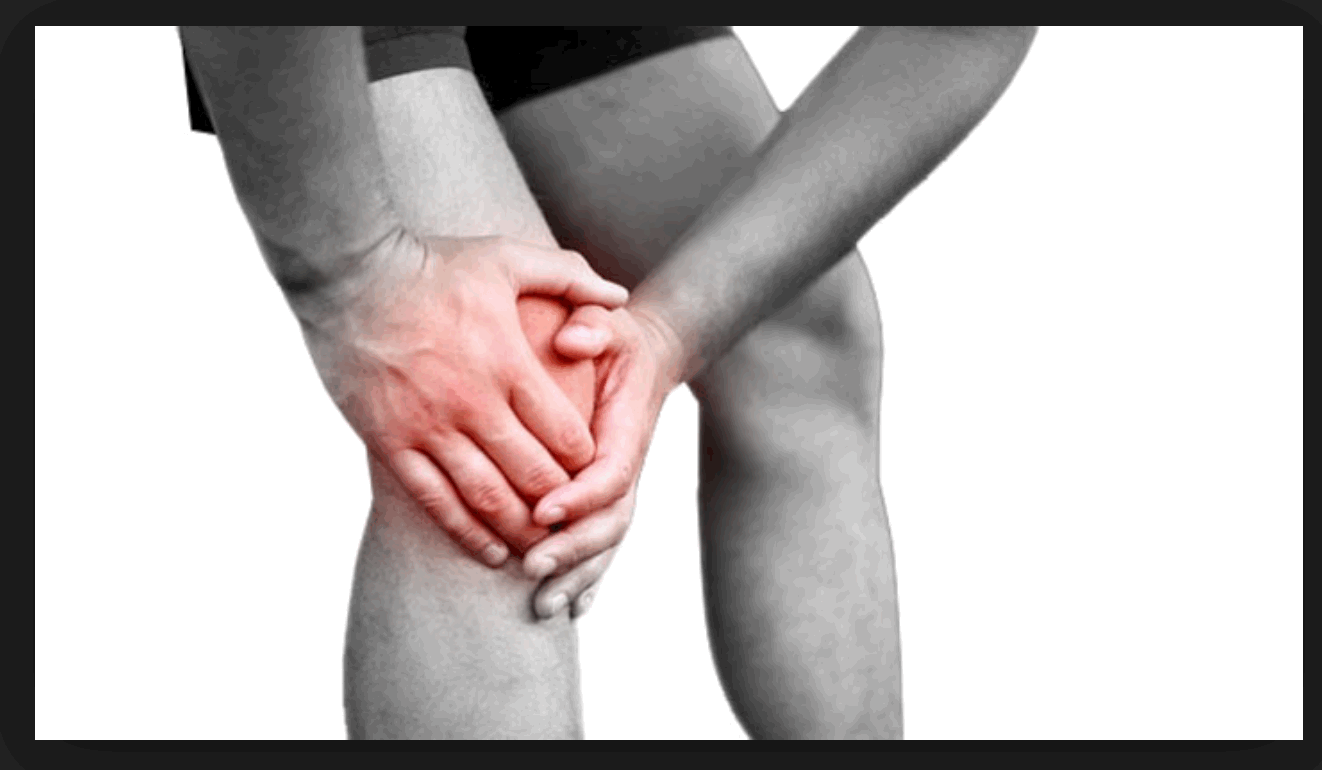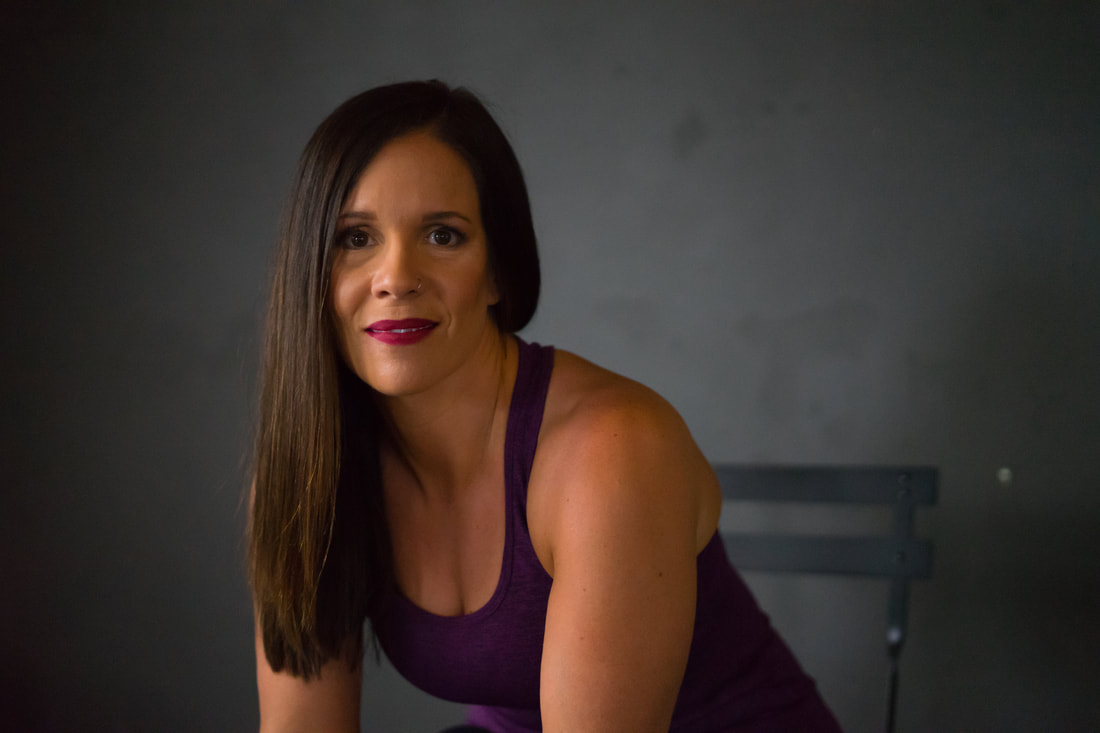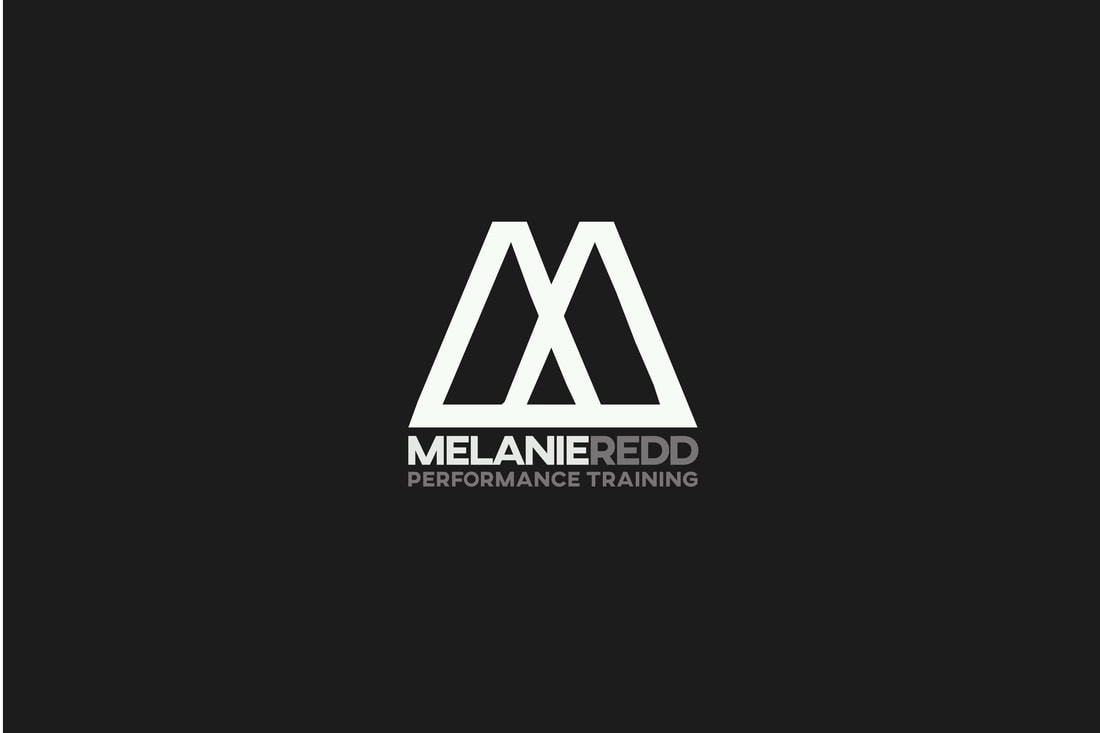
Pain is so much a part of the human experience that we often either ignore it completely or obsess about it.
Pain can be a problem when it comes to your movement experience. Sometimes it’s a sign that something is wrong and needs to be addressed. Sometimes, it’s merely soreness from a workout and can be alleviated with stretching, icing and rest.
Pain Pitfalls
1. Not knowing the difference between muscle soreness and injury pain.
2. Stopping all movement as soon as pain occurs.
3. Focusing on where the pain currently is, with no understanding of where the source of the issue is.
Avoiding Pain Pitfalls
1. Knowing the difference between soreness and injury can be confusing. Here’s what to look for:
If the pain is generalized to muscles and occurs after a workout, that's probably Delayed Onset Muscle Soreness (DOMS). While it can be very uncomfortable, it’s not an injury. Stretch, foam roll/massage, proper nutrition/hydration and sleep will take care of DOMS. But, if while squatting, for instance, you feel a pop/rip/tear in the knee and that’s followed by radiating/burning/piercing pain and an inability to walk properly, that would be a reason to stop and assess. Sometimes it’s just a little tweak. If that’s the case it will feel fine later on or the next day. If the pain worsens or doesn’t get better, being seen by an orthopedic dr. may be warranted. Icing is always a good idea when in doubt.
2. Injuries range from mild to severe. Unless you’ve broken a bone or torn a ligament/tendon, ceasing all movement after an injury is not a good idea. I’ve seen many people use injuries as a reason to not workout at all. I have also seen Dr.'s tell their patients to cease all movement after an injury. If your Dr. tells you to stop all activity after spraining an ankle, you need to find a new Dr. Stopping all exercise can do more damage than good both physically and mentally.
If your ankle or knee is injured, there’s still 100 upper body movements you can do. If your shoulder's injured, there’s 100 lower body movements you can do.
In the case of a muscle strain, if it’s mild you don’t need to stop using that muscle completely. Be smart and lower weights and be sure to take care of that area with the above mentioned DOMS strategy.
If significant injury is present, the protocol can range from surgery and complete immobilization of that body part to light physical therapy/corrective exercise work. This is where you will need to work with a professional to understand the right protocol. If you have had surgery on that part, you should follow your Dr's orders to the T for both pre and post-op.
3. In injury, whether mild or severe, the location of the pain is often not the source of the injury. This is important to understand for prevention of further injury.
The body is a chain. Each part is a link in the chain and has a specific job/jobs to do. When a part is unable to do its job whether it be from a lack of mobility, stability or strength, then another link in the chain has to pick up the slack from the part not doing it's job in order for movement to happen. This is where the recipe for pain or injury occurs.
Using the hips as an example. The hips are responsible for specific movements:
If any of these movements is inhibited due to immobility, inflexibility, weakness or instability, another body part will have to take over. For instance, when the hips aren't doing their job the knees usually pick up the slack which often leads to knee pain and sometimes a knee injury.
This is why when clients and athletes complain of knee pain, I assess the hips first as hip dysfunction is usually the culprit of knee pain. I also assess glute strength (weak glute medius is a common culprit that leads to knee pain). After assessing the hips and glutes, I check for hamstring/quad/calf weakness or tightness. Tight hamstrings usually mean weak glutes. After everything in the chain above the knee have been assessed, I move below the knee to assess ankle mobility and stability. Even if I find an issue with the hips, glutes or hamstrings I can't assume there is not ankle issue.
Once we determine where the dysfunction originated, whether its a weakness, immobility, instability issue or all of the above, a corrective exercise protocol is put in place to address it. Unless the injury is serious, not moving at all is not going to be a part of that corrective protocol.
Mindset's Role in Injury
When it comes your movement experience, mindset plays a huge roll in how you deal with being hurt or injured. If a rolled ankle or slight knee pain causes you to not workout at all for a week or two, you have a motivation issue. If you completely ignore pain without being assessed, you risk serious or further injury. Neither of those are a great strategy.
The person who finds middle ground and realizes they can still focus on upper body and core strength while properly addressing a lower body injury, is someone who's committed to their overall movement experience and understands the long term danger in ceasing all movement but is smart about their movement experience. Longevity is their priority.
The Takeaway
The longer you stay inactive after an injury, the more likely you are to never get back to training again. Be smart. Get assessed and get a plan to correct. There are plenty of us out there who can help you implement the best course of action. You should not ignore aches and pains, but they're usually not a reason to stop moving. Ceasing all movement while hurt or injured, in most cases will do more harm than good.
Pain can be a problem when it comes to your movement experience. Sometimes it’s a sign that something is wrong and needs to be addressed. Sometimes, it’s merely soreness from a workout and can be alleviated with stretching, icing and rest.
Pain Pitfalls
1. Not knowing the difference between muscle soreness and injury pain.
2. Stopping all movement as soon as pain occurs.
3. Focusing on where the pain currently is, with no understanding of where the source of the issue is.
Avoiding Pain Pitfalls
1. Knowing the difference between soreness and injury can be confusing. Here’s what to look for:
If the pain is generalized to muscles and occurs after a workout, that's probably Delayed Onset Muscle Soreness (DOMS). While it can be very uncomfortable, it’s not an injury. Stretch, foam roll/massage, proper nutrition/hydration and sleep will take care of DOMS. But, if while squatting, for instance, you feel a pop/rip/tear in the knee and that’s followed by radiating/burning/piercing pain and an inability to walk properly, that would be a reason to stop and assess. Sometimes it’s just a little tweak. If that’s the case it will feel fine later on or the next day. If the pain worsens or doesn’t get better, being seen by an orthopedic dr. may be warranted. Icing is always a good idea when in doubt.
2. Injuries range from mild to severe. Unless you’ve broken a bone or torn a ligament/tendon, ceasing all movement after an injury is not a good idea. I’ve seen many people use injuries as a reason to not workout at all. I have also seen Dr.'s tell their patients to cease all movement after an injury. If your Dr. tells you to stop all activity after spraining an ankle, you need to find a new Dr. Stopping all exercise can do more damage than good both physically and mentally.
If your ankle or knee is injured, there’s still 100 upper body movements you can do. If your shoulder's injured, there’s 100 lower body movements you can do.
In the case of a muscle strain, if it’s mild you don’t need to stop using that muscle completely. Be smart and lower weights and be sure to take care of that area with the above mentioned DOMS strategy.
If significant injury is present, the protocol can range from surgery and complete immobilization of that body part to light physical therapy/corrective exercise work. This is where you will need to work with a professional to understand the right protocol. If you have had surgery on that part, you should follow your Dr's orders to the T for both pre and post-op.
3. In injury, whether mild or severe, the location of the pain is often not the source of the injury. This is important to understand for prevention of further injury.
The body is a chain. Each part is a link in the chain and has a specific job/jobs to do. When a part is unable to do its job whether it be from a lack of mobility, stability or strength, then another link in the chain has to pick up the slack from the part not doing it's job in order for movement to happen. This is where the recipe for pain or injury occurs.
Using the hips as an example. The hips are responsible for specific movements:
- Abduction—lifting of the leg away from the midline of the body
- Adduction—lifting of the leg in toward the midline of the body
- Flexion—bending forward or lifting of the leg up toward the body
- Extension—extending the leg back and away from the body
- Circumduction: moving leg in a circular motion
- Rotational: rotating the leg/foot in toward midline or away from midline
If any of these movements is inhibited due to immobility, inflexibility, weakness or instability, another body part will have to take over. For instance, when the hips aren't doing their job the knees usually pick up the slack which often leads to knee pain and sometimes a knee injury.
This is why when clients and athletes complain of knee pain, I assess the hips first as hip dysfunction is usually the culprit of knee pain. I also assess glute strength (weak glute medius is a common culprit that leads to knee pain). After assessing the hips and glutes, I check for hamstring/quad/calf weakness or tightness. Tight hamstrings usually mean weak glutes. After everything in the chain above the knee have been assessed, I move below the knee to assess ankle mobility and stability. Even if I find an issue with the hips, glutes or hamstrings I can't assume there is not ankle issue.
Once we determine where the dysfunction originated, whether its a weakness, immobility, instability issue or all of the above, a corrective exercise protocol is put in place to address it. Unless the injury is serious, not moving at all is not going to be a part of that corrective protocol.
Mindset's Role in Injury
When it comes your movement experience, mindset plays a huge roll in how you deal with being hurt or injured. If a rolled ankle or slight knee pain causes you to not workout at all for a week or two, you have a motivation issue. If you completely ignore pain without being assessed, you risk serious or further injury. Neither of those are a great strategy.
The person who finds middle ground and realizes they can still focus on upper body and core strength while properly addressing a lower body injury, is someone who's committed to their overall movement experience and understands the long term danger in ceasing all movement but is smart about their movement experience. Longevity is their priority.
The Takeaway
The longer you stay inactive after an injury, the more likely you are to never get back to training again. Be smart. Get assessed and get a plan to correct. There are plenty of us out there who can help you implement the best course of action. You should not ignore aches and pains, but they're usually not a reason to stop moving. Ceasing all movement while hurt or injured, in most cases will do more harm than good.



